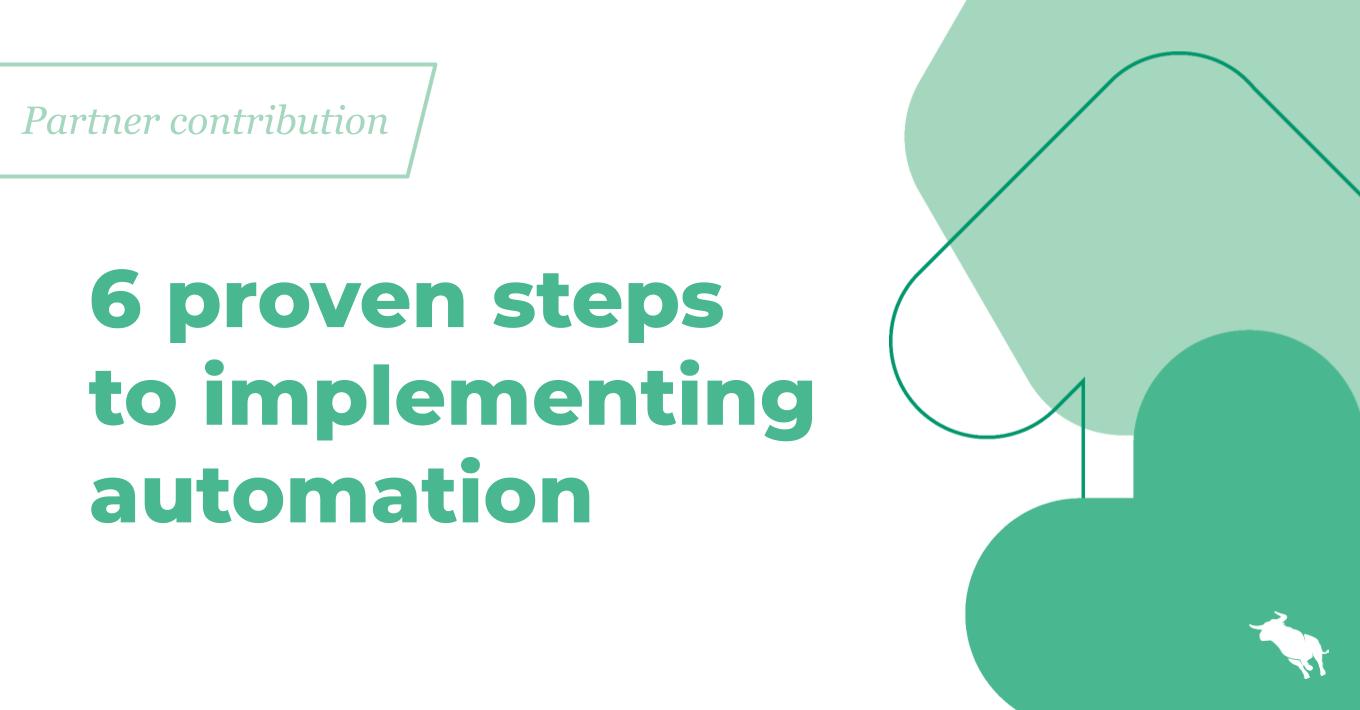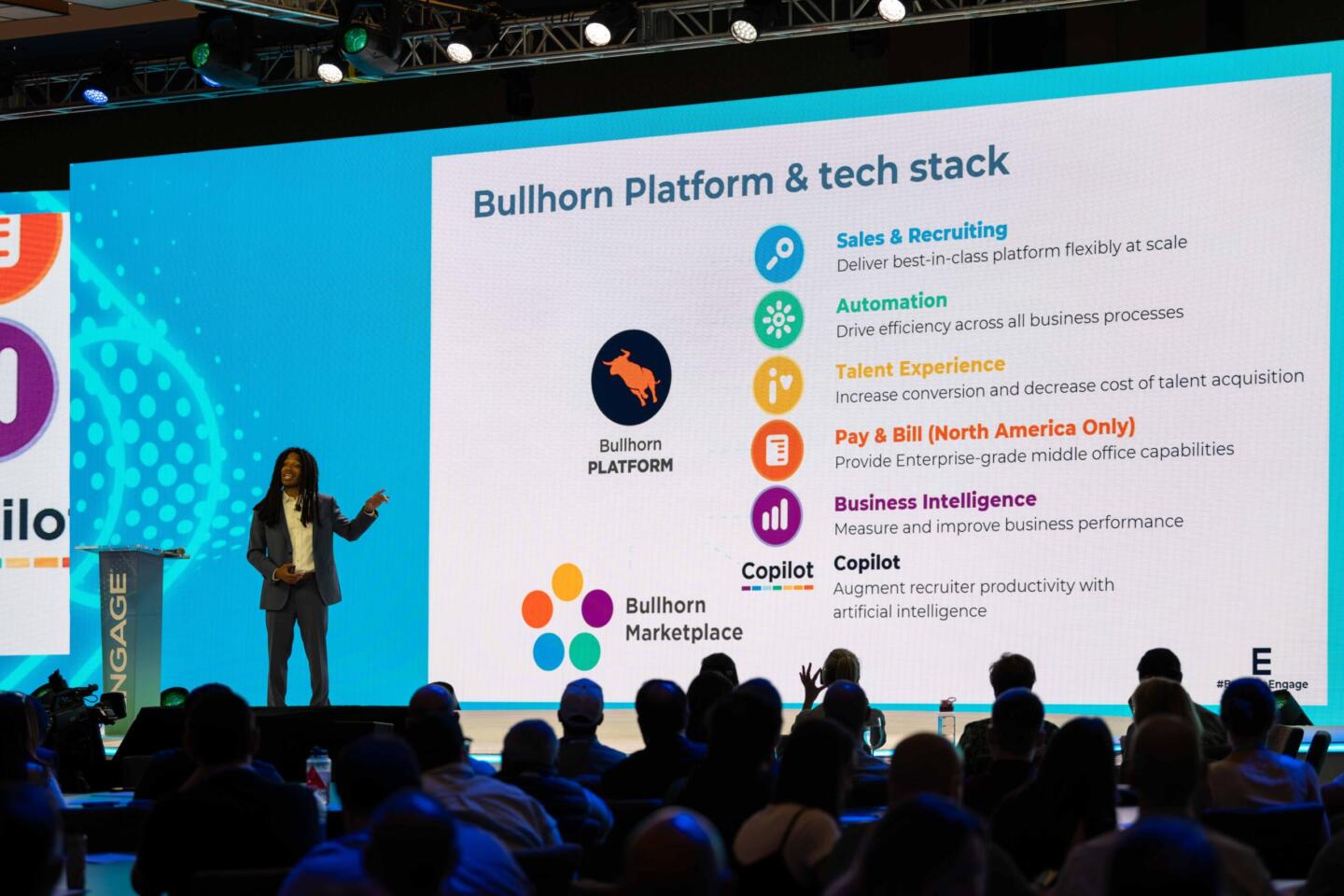Interpreting Data: A Management Perspective
Sabermetrics has changed the way baseball’s managers and owners invest in their players. Not that a system presented them with new information, but rather a new way to view the information they have been collecting for years. It removed the “I have a good feeling about this player” and replaced it with statistical data that painted a picture of how the player would benefit the team. The metrics we track in the staffing industry present the same solution to us.
So what does baseball have to do with staffing? The metrics we track in the staffing industry provide us with the same value when it comes to tracking recruiter and sales team performances. We all track calls, conversations, submittals, jobs and so on. The trick thus becomes how to properly interpret these numbers for your organization so you can more accurately determine who your stars are. For the majority of my staffing career I have always placed a high value on results over activity. Not caring what produced the results more, I just wanted them to be there in the end. Accordingly, I would value certain employees in phases, as each would take turns being the top producer.
In truth, I placed more emphasis on managing my own hopes and wishes that everyone would hit their stride somehow, or continue on their current path. This sort of subjective thinking didn’t do much to identify who those superstar performers were though. As our company grew and I grew further out of a “selling” manager role, the metrics we tracked became more important to me in management of the teams ― unfortunately to a point where I began to value the activities over the results.
Only as we stepped back and considered accumulated data more carefully, utilizing a system that could decipher it more effectively, was when we started noticing the key metrics. As we began to recognize these, our approach began to grow and our focus moved to key activities that would produce the results we desired.
At the simplest level, the focus was no longer on the dial, but rather our connections with clients. Understanding the team’s level of connections to recognize a client opportunity or placement has positively helped to adjust employee goals and mindset. From a management level, we trend and manage more to our ratios with the key factors being opportunities to fill, or send-outs to fill. Understanding these for each individual and cumulatively for each team has helped us to produce better forecasts, as well as point out strengths and weakness.
A better understanding of how the activities that make up the desk are affecting the results of your company will help you identify your stars. Your top performers are not always the ones that close deals today. They are the ones that meet or exceed activity metrics that ensure deals will close tomorrow, next week and next month. As leaders, we know how many placements we need to make; the problem lies in if you don’t know how many openings or client connections it will take to accomplish this goal. If you manage to the right activities, the results will follow, but if you manage to your results, you’ll only be managing your hopes and wishes.
This Bullhorn Blog post was written by Todd Springer. Todd Springer, Co-Founder and President of FootBridge Energy Services, is a member of The FootBridge Companies’ Executive Team. He possesses 20 years of engineering and placement services experience. Todd brings hands-on technical experience within the power and environmental industries in addition to his technical staffing experience. His focus is on building a premier Energy Services firm focused on client satisfaction. He can be reached at TSpringer@FootBridgeEnergy.com.




